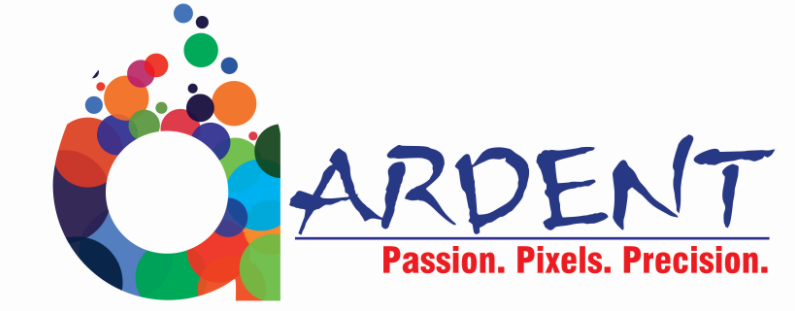Metal 3D printing is fast emerging as an ultimate necessity because it’s increasingly adopted to rework 3D designs into real models at a lower cost. It’s estimated that by 2021, up to 75% of the latest aircraft will utilize 3D printed components. Although 3D printing using metals may never fully replace the normal way of producing products, it’ll still grow as a key part of lean innovation. In 2018 and beyond, metal 3D printing will evolve into the go-to technology for prototyping commercial products and find solutions for complex manufacturing challenges.
Co-creation and Collaboration will pave Way for able to Integrate Products
The proliferation of 3D printing within the manufacturing industry will cause better collaboration between software, hardware, and repair providers. It’ll fuel the assembly of highly optimized products that also are easy to integrate. We predict that this industry will see more collaboration with its customers also. Co-creation will become mainstream because it blends customer’s market awareness with manufacturing knowledge and 3D printing software. Together they will cause a transformative impact.
Integration with Actual and New Supply Chain will extent Applicability
We witnessed reinforcement of 3D printing in supply chain activities that resulted in shorter time intervals and production without tools. 3DP may be a proven asset with a broad range of applicability to handle resource-intensive tasks. 3D printing is predicted to smoothen the operation of producing supply chains by integrating with existing ones and using transformative power to make a digital supply chain from the bottom up.
Simulation Software and Automation will Reduce Operator Intervention
As 3DP technology makes headway, the industry’s focus will shift towards processes within the pre and postproduction stages. Although most of the tools printed using 3D printers are working without extra finishing, some tools still require complicated finishing. The processes behind such efforts are expensive and involve an outsized amount of labor. Some operations in postproduction stages that are time and cost-intensive are often streamlined by using pick and place robots. Fusing industrial automation and simulation software can cause enhanced efficiency of the postproduction system without the superfluous intervention of operators. Simulation software is becoming a key part of the preproduction stages because it helps in predicting failure beforehand. This eliminates the overheads like time and costs at the end of the day.
Developments in Digital Inkjet Printing
Offset printing has lengthened an industry standard, but the market question for its seen a mild drop because of the process’s longer workflow times and lack of cost-effectiveness. As commercial inkjet printers become faster, more reliable, and of upper quality, these machines are quickly replacing offset print presses. Professional grade, high-speed inkjet printers are now able to perform reading text at up to 4,000 words per minute, and speeds for images and graphics aren’t far behind
Digital print technology isn’t only much faster; It also can render designs far more intricate than print professionals could have accomplished within the recent past. Varying surface finishes can now be printed on an equivalent project, and three-dimensional graphic designs can now be printed with more sensible depth. These creative possibilities allow designers to put together eye-catching projects with fewer limitations than they could have found with offset.
Hybrid Print Technologies
Despite the fast pace of technological innovation, print and style businesses don’t need to switch to purely digital processes overnight. They will instead integrate both digital and offset processes because of the computer to print plate Page 1 automation. This process allows the user to send finished image files to electronic plates that are ready to recognize them, using technologies almost like those found in desktop scanners. Thanks to improvements in these print plates.
Hybrid processes can also accumulate more complex print projects with many dissimilar colors and finishes. Alongside digital printing, software improvements and 3D developments, these print industry innovations are helping this field evolve to satisfy changing 21stcentury demands.
The most popular sort of printing technology that you’ll encounter today is 3D printing. I’m sure that you simply have probably heard of this advancement in technology and the way you’ll use its reception. There are tons of people who are interested in 3D printing and its impact in various industries, from the medical field, fashion, food industry, and architecture. 3D printing has changed the way products are designed and therefore the entire production process.

Recent Comments